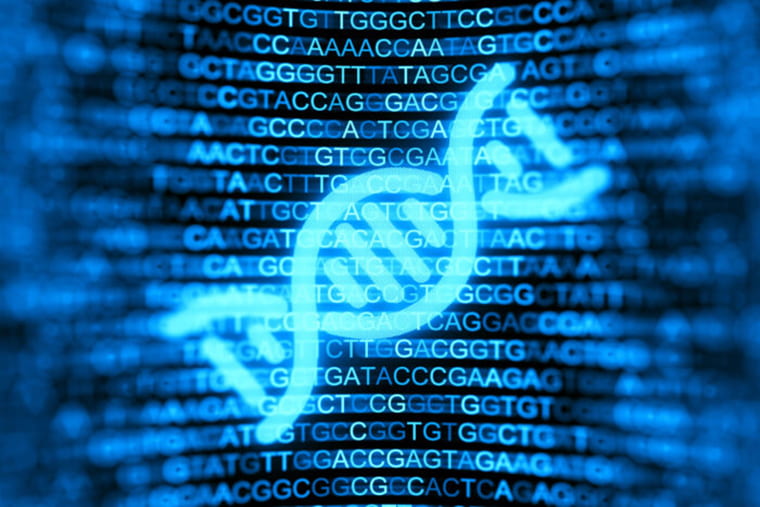It’s not easy to distinguish between the dozens of subtypes of limb girdle muscular dystrophy — a rare, genetic muscle disease characterized by weakness in the hips and shoulders that causes difficulty walking and lifting the arms. Until now, determining the subtype has not been critical in caring for patients, because no specific treatments have been available. But gene therapies are on the horizon, and such therapies are targeted to specific genetic variants, so pinpointing the genetic roots of each patient’s disease has taken on a new importance.
In new research, a team at Washington University School of Medicine in St. Louis has developed an approach that could help doctors make more precise diagnoses. The study is published June 15 in The Journal of Clinical Investigation.
Hundreds of genes are associated with limb girdle muscular dystrophy. While genetic testing may identify a handful of rare genetic variants in each patient with the condition, there’s no way to know without painstaking, time-consuming additional experiments which, if any, of those variants is responsible for a patient’s symptoms. Unfortunately, no comprehensive catalog exists yet of all the variants of all the genes linked to limb girdle muscular dystrophy, and whether each of those variants can cause disease or is harmless.
“There are people emailing me all the time saying, ‘I have this variant. Am I eligible for this experimental therapy?’ and much of the time I don’t have an answer,” said co-author Conrad “Chris” Weihl, MD, PhD, a professor of neurology. Weihl is chief of the neuromuscular diseases section and treats people with muscular dystrophy at Barnes-Jewish Hospital. “These patients are in limbo. We can’t get them into clinical trials until they have a diagnosis. More than half of all patients with limb girdle muscular dystrophy are in this position. It’s critical that we resolve their diagnoses so we can get them access to necessary therapies as soon as they become available.”
Weihl and colleagues at Washington University have taken an important step toward creating a catalog that could help resolve inconclusive diagnoses. For one gene commonly involved in the disease, the researchers created the protein that would be made from that gene’s instructions. Then, they made every possible protein variant that could be formed by swapping out one amino acid for another, analyzed the functions of the variants and classified each as harmful or benign. Now, if a patient has a variant of this one gene, doctors can determine its pathogenicity simply by looking up the variant in the catalog. In principle, the same approach could be used to resolve variants of unknown significance for many other genes associated with limb girdle muscular dystrophy, vastly simplifying and speeding up the process of diagnosing this complex disease.
“People conflate knowing that there is a variant with knowing the cause of a disease,” said corresponding author Gabriel Haller, PhD, an assistant professor of neurosurgery. “That isn’t necessarily the case. In this study, most of the variants of unknown significance turned out to be benign. If you find a variant but you don’t know its significance, you haven’t figured out the answer.”
